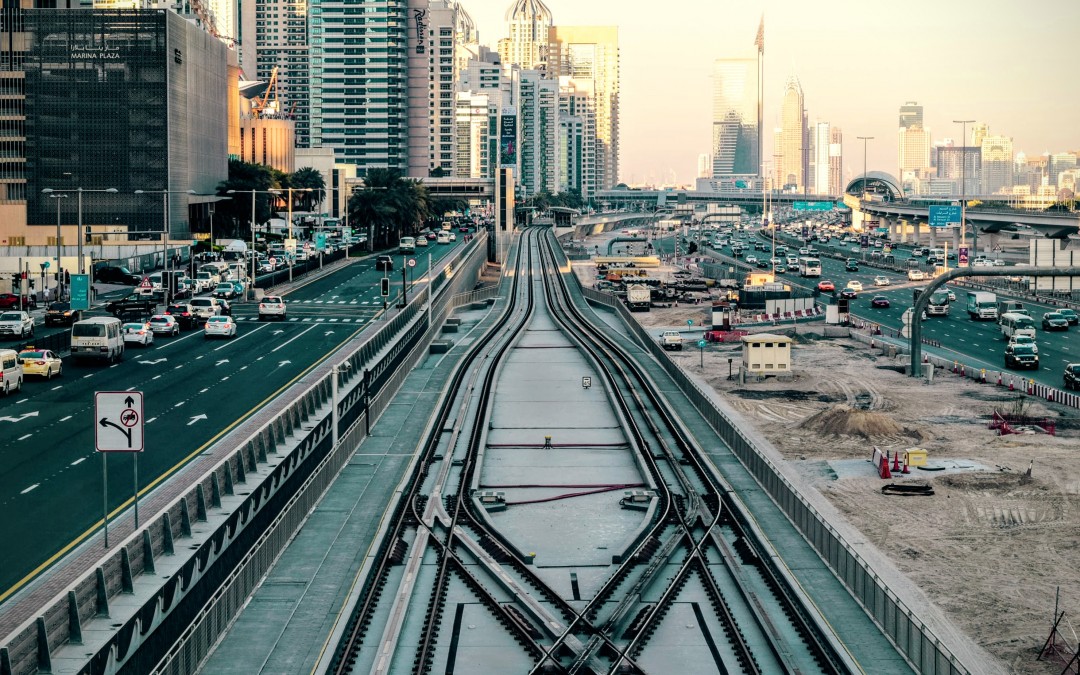Transportation choices in the urban population centers is underlining the changing times.
Getting a drivers’ license used to be a right of passage for every teenager. The treasured document was a ticket to autonomy and freedom, speed and excitement that every young person yearned for. But the number of 19-year old Americans who hold drivers licenses has been falling in recent years. According to a study released by the University of Michigan, 87.3 percent of the age group held licenses in 1983 but that number has declined to 69 percent in 2014. (Age groups that still show increases are over age 45.) The trend could point to the impact of increased urbanization, which may lead to fewer private vehicles, and more of the ride-share styles of transportation emerging with online access. Services like Uber and Lyft may be displacing the need, and the cost both actual and practical, of car ownership and operation.
Urban Centers are Growing at a Faster Rate the Population as a Whole
At the same time that teens are starting to forego the once-quintessential ticket to adulthood, American cites and urban areas are growing faster than the country as a whole. Austin, TX is the precocious child with a 12 percent population jump between 2010 and 2013, In the same time period, cities of 500,000 to 1 million grew an average of 7.4%, cities over 1 million grew at 3.1 percent and the US overall grew at only 2.4%. Public transportation in urban areas has been improving and expanding, and ridership has been growing. In the 18 year period from 1995-2013, public transportation ridership grew 37.2 percent (to a high of 10.7 billion trips), while the nation’s population grew on 20.3 percent.
Transportation in Future Cities will be Reliable, Digital, and Affordable
A recent report from the American Public Transportation Association reveals that largest and diverse Millennial population (those born between 1982 and 2003) are driving trends toward alternative transportation strategies with their technological dexterity and their economically constrained lifestyle. Users that are already gravitating toward the best transportation mode for the trip they want to take will be watching for more reliable modes, digital access on the go, and cost savings.


